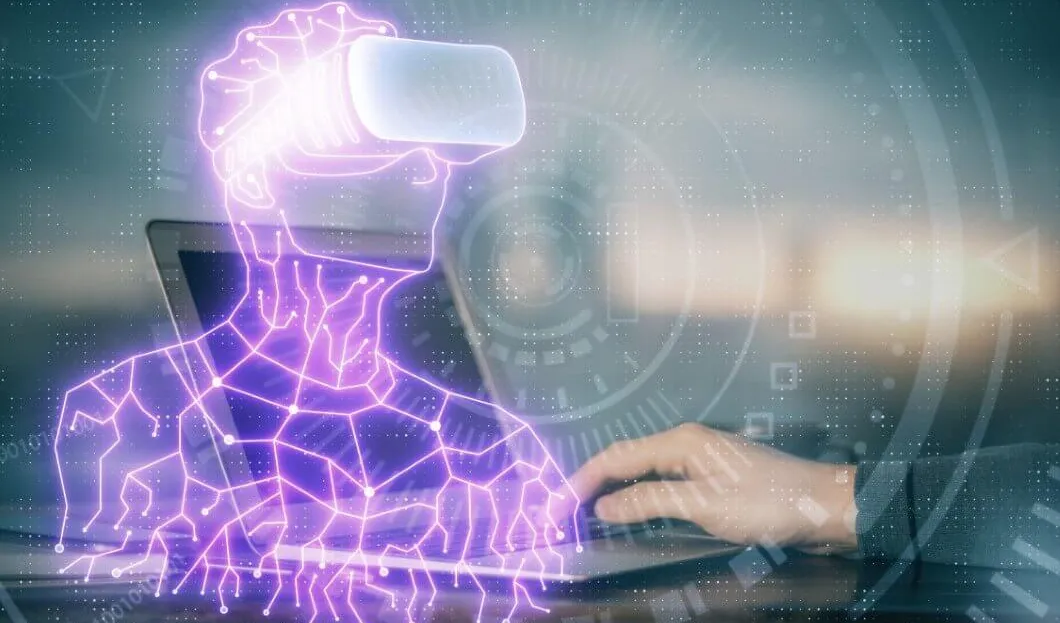
Technological innovations are very beneficial to the sector in many ways. In a context where the pandemic has driven digitalization, guests are more accustomed to technology. The question is what role technologies such as AI (artificial intelligence) can play in the near future.
At a time when the metaverse has taken over all conversations, it is worth considering the options available to guests. Moreover, in the so-called “year of recovery”, taking advantage of what AI in tourism has to offer can be revolutionary.
According to a report by the consulting firm McKinsey & Company, the penetration of artificial intelligence in any business field has increased by 56% compared to 2019. In other words, it is already a tool of the present with multiple applications.
Improving Customer Experience
Right off the bat, what the company recommends is to think about all the applications that AI has. In the case of customer experience, it allows businesses to drive automation. This way, users' immediate and personalized demands can be met in real-time, 24 hours a day and from anywhere. In tourism, this means taking care of the traveler.
There are new service channels such as video calls or chatbots. After all, the latter are driven precisely by artificial intelligence capable of responding quickly to the most common guest problems. The best thing is that it is a technology capable of learning to adapt better. It can even anticipate the needs of each person.
Experts often use a Virtual Tourist Assistant as an example, a tourist assistance system that works through a conversational chatbot based on artificial intelligence with neural networks. Thanks to this, it allows interaction through simple menus whose configuration is done by decision trees. In addition, text translation is possible through a natural language processing module.
On top of that, it trains itself to offer more accurate and indistinguishable answers from those that a human would offer. In addition, it has a multilanguage system that allows translations between different languages. At the same time, different neural networks can be included for different languages. The difference between these options is that, in the second case, they should be trained separately.
Adaptive AI in Tourism
Another interesting detail of this system is that it can be integrated with mobile applications or with widgets on the client's own website. In addition, the design is configurable, so that the Virtual Tourism Assistant covers the entire tourist process. It accompanies the user from the moment he or she decides about their destination (indicating suitable routes) throughout his/her stay, offering leisure or gastronomic options.
The tool also uses Big Data to analyze the interactions that tourists have with the system itself. In turn, it can be integrated with the existing virtual tourist office system. Thanks to this, it can detect that the traveler did not receive an adequate response from the assistant. In these cases, the system can be configured so that, from the same interface, the visitor can be attended by an actual tourist agent by videoconference, call or live chat.
Finally, experts point out that AI in tourism makes it possible to better understand travelers' trends and behaviors. This allows for the possibility to create specific products as well as to optimize processes or predict future actions of visitors. In the case of the Virtual Assistant, it often allows speeding up the resolution of the tourists' problems while managing the data in a secure way.










